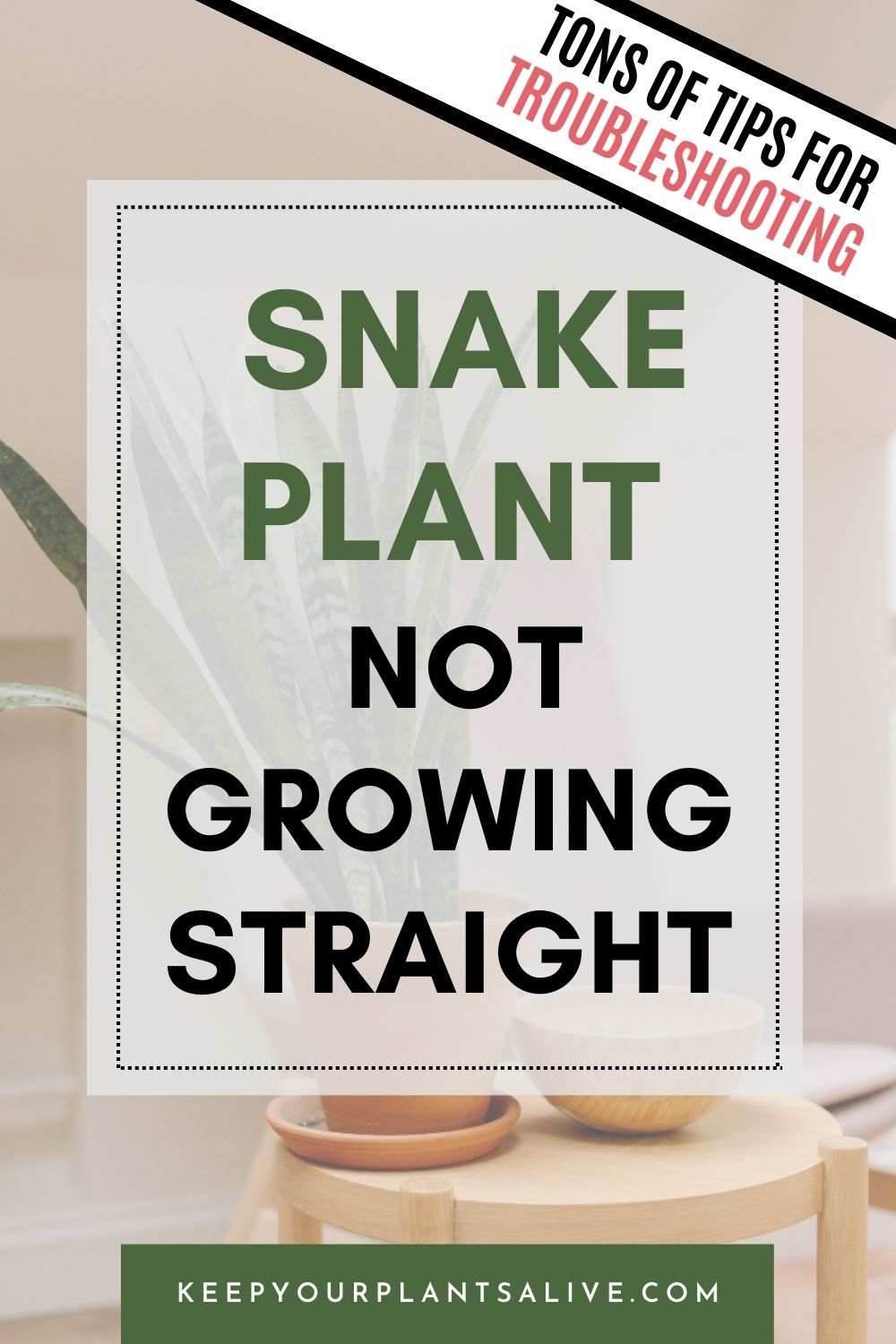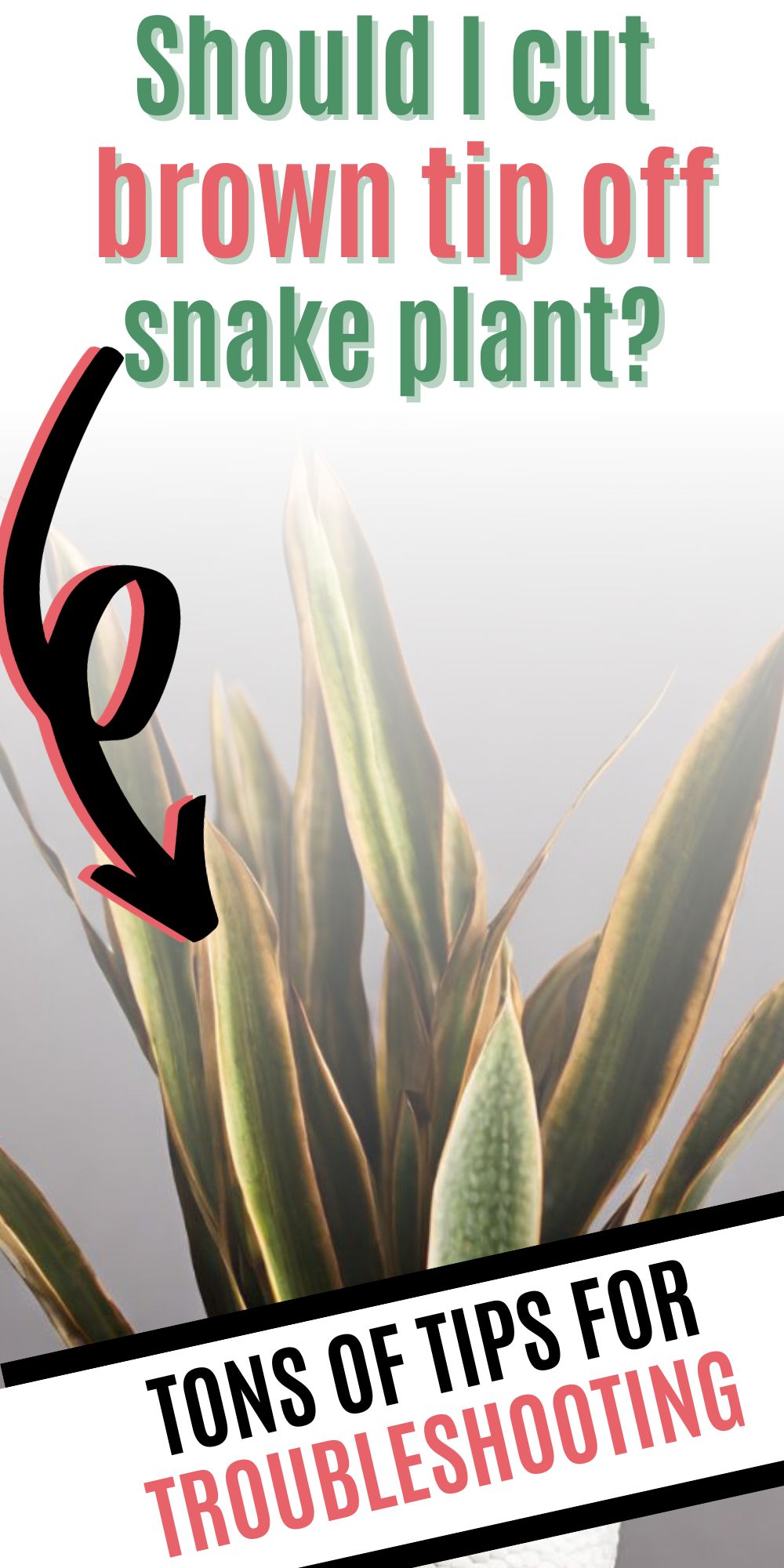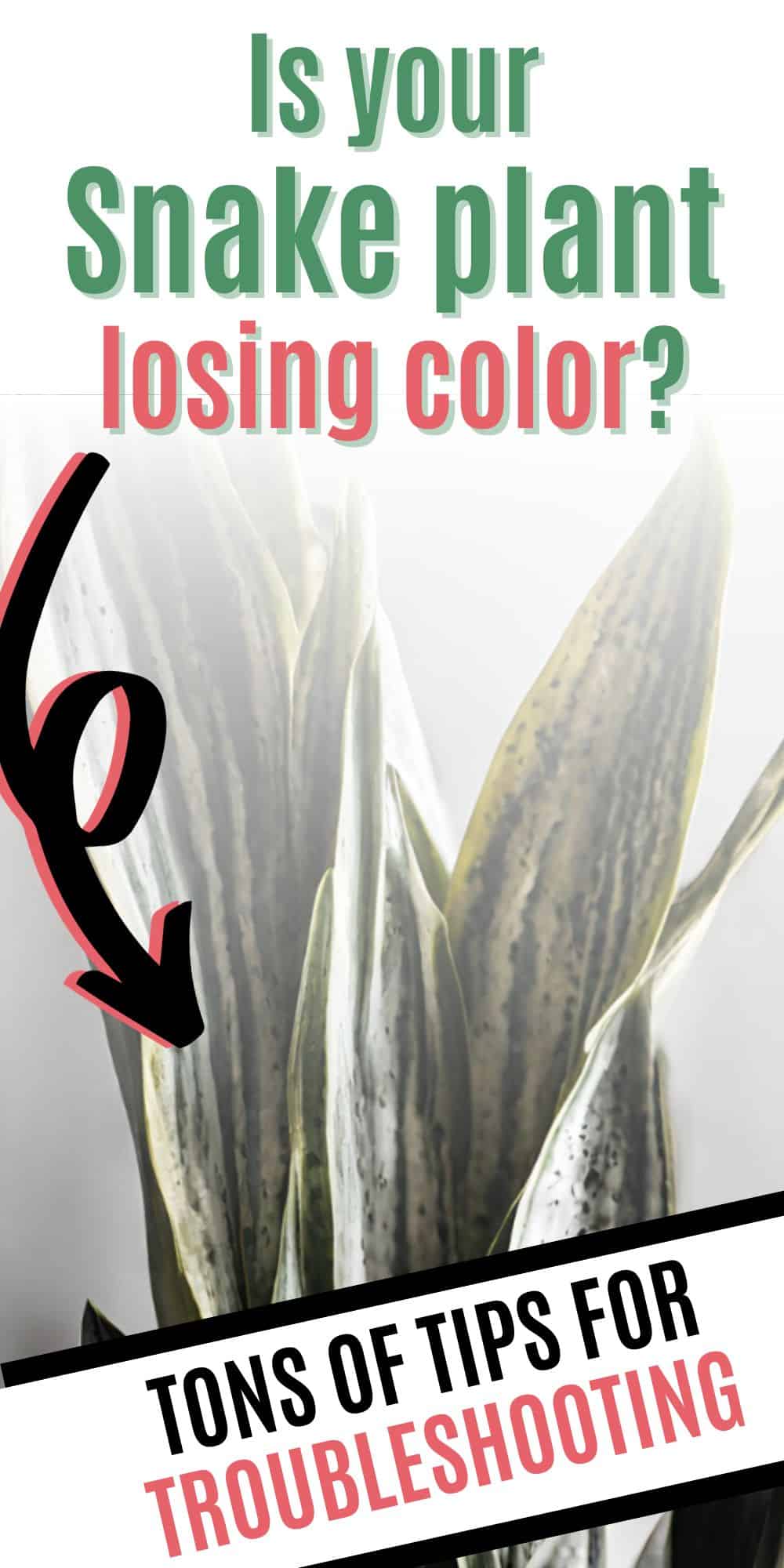Is your snake plant wilting? Gain insight into the proper snake plant care techniques to rescue and nurture your wilting snake plant.
Snake plants (Sansevieria spp.) are known for their resilience and air-purifying properties.
They’re among the most popular houseplants, especially because of how they add a touch of greenery to any indoor space.
However, if you’ve noticed your snake plant wilting, it's important to figure out why and how to fix it.
In this article, we’ll explore the potential reasons why snake plants may wilt and provide practical solutions to address each issue.
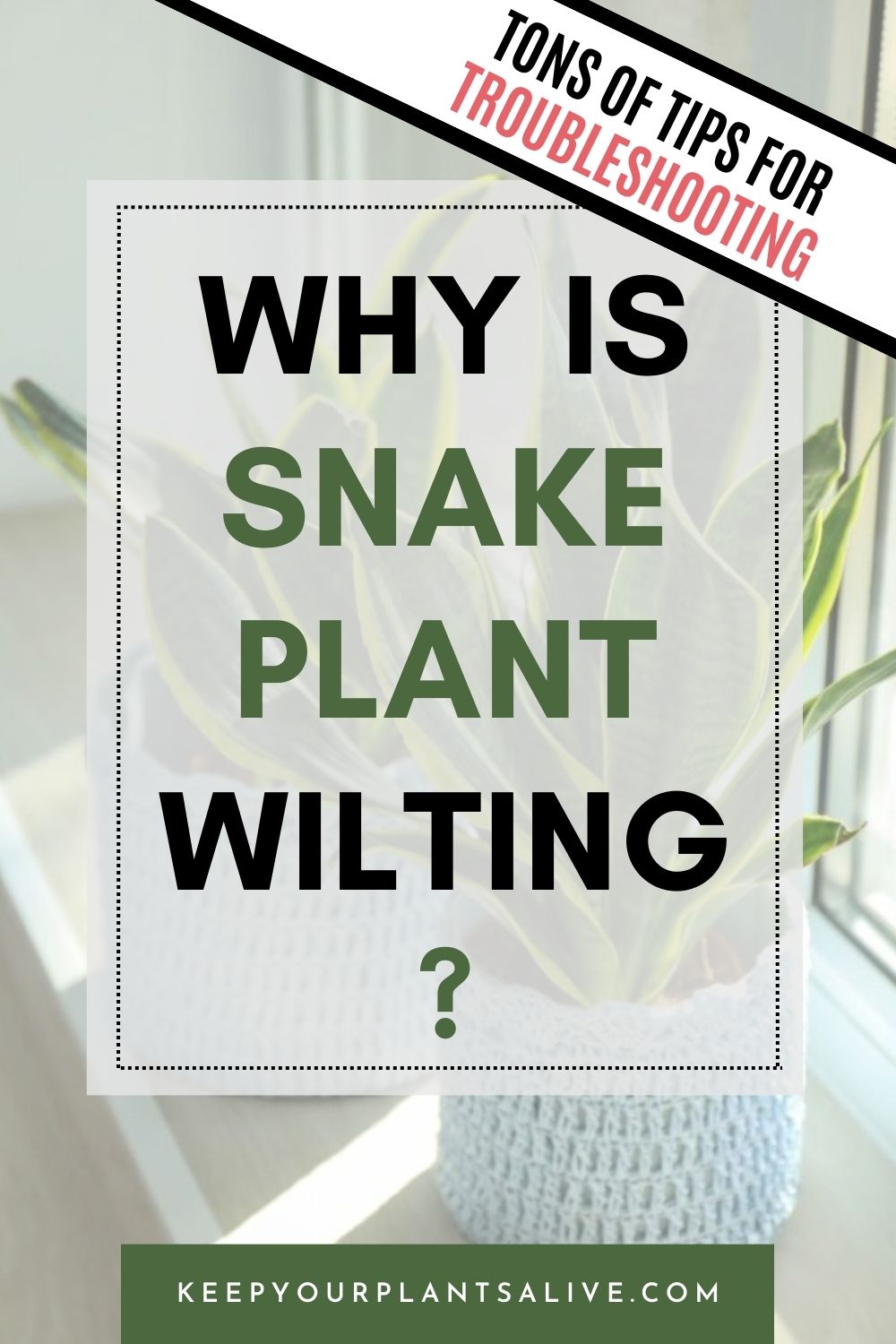
4 Reasons for snake plant wilting
So, why might your snake plant be wilting? It could be a few things like:
- Improper watering
- Unsuitable lighting conditions
- Inappropriate temperature
- Problems with roots
So, let’s dive into the world of snake plant troubleshooting and revive those drooping leaves!
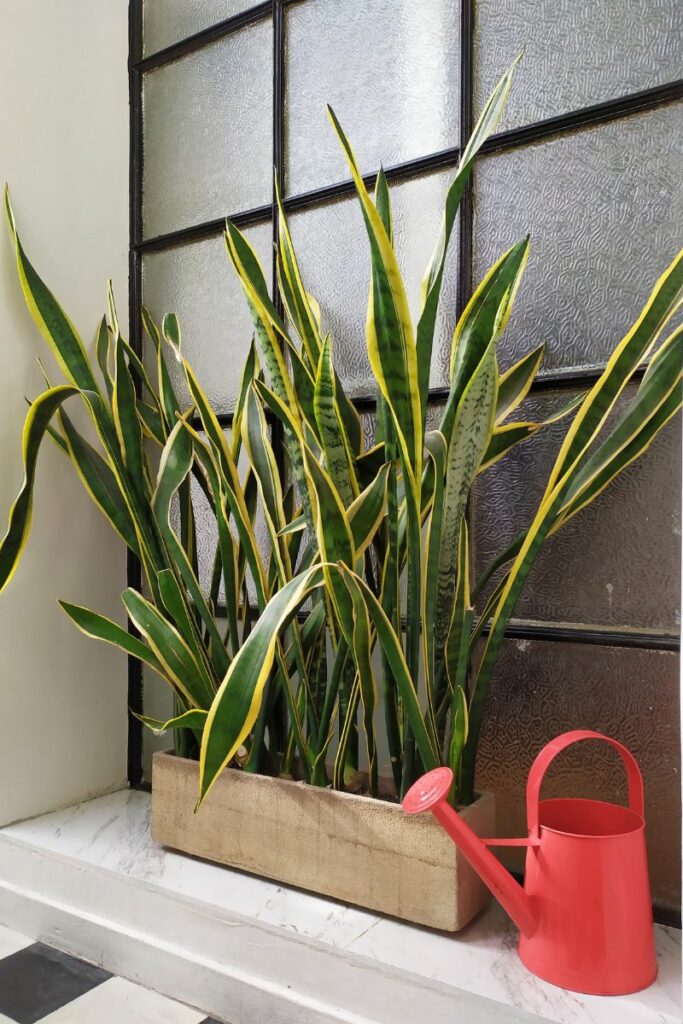
Improper Watering
Improper watering can be one of two things: overwatering or underwatering.
Overwatered plants will droop and turn yellow with a slightly mushy texture, while under-watered plants’ leaves will droop and curl inward.
If your plant is showing symptoms of overwatering, it could be frequent watering, slow-draining soils, poor drainage, or cold weather.
On the other hand, signs of underwatering indicate watering less frequently than needed or watering the soil too lightly.
The plant originally grows in hot and dry tropical weather, given that it’s native to Western African regions with little rainfall.
That’s why you should make sure that the soil is gritty and doesn’t retain moisture.
If you leave the plant’s soil damp for extended periods, the roots will start to rot, and their texture will become soft. This results in the plant losing its structural integrity and wilting away.
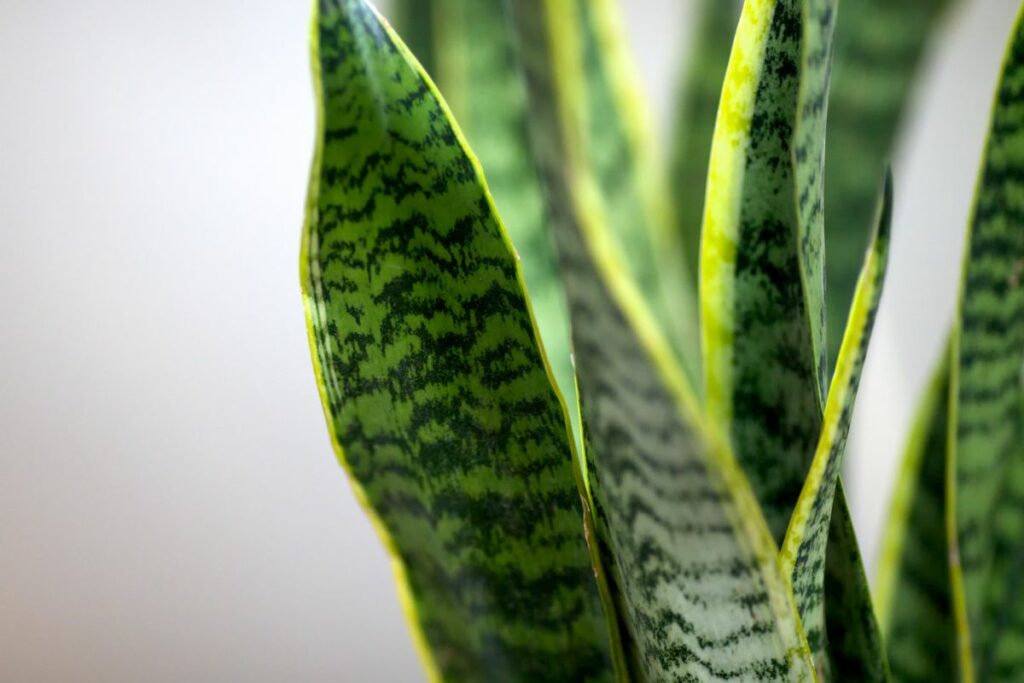
Solutions
You should make sure that you provide your snake plant with the watering and drainage conditions that it’s most comfortable with.
This means allowing the soil to dry out before you water it again and using well-draining pots, which give the snake plant porous, aerated soil.
For Overwatering
If your plant is showing overwatering symptoms, scale back how often you water it and keep it to a minimum, which is every two or three weeks.
To make sure you don’t overwater the plant, feel the bottom of the pot through the drainage hole in the base. If it feels damp, wait until the soil dries out before your next watering session.
If you’re in the winter, make sure your plant is living at a suitable temperature and that it’s not too cold.
Finally, make sure that you’re using a well-draining potting mix so that the roots of the plant don’t rot.
You can opt for cacti potting soil or a formulated succulent one, which would replicate a snake plant’s preferred soil type.
For Overwatering
To counter underwatering, you should switch those measures to the opposite end of the spectrum.
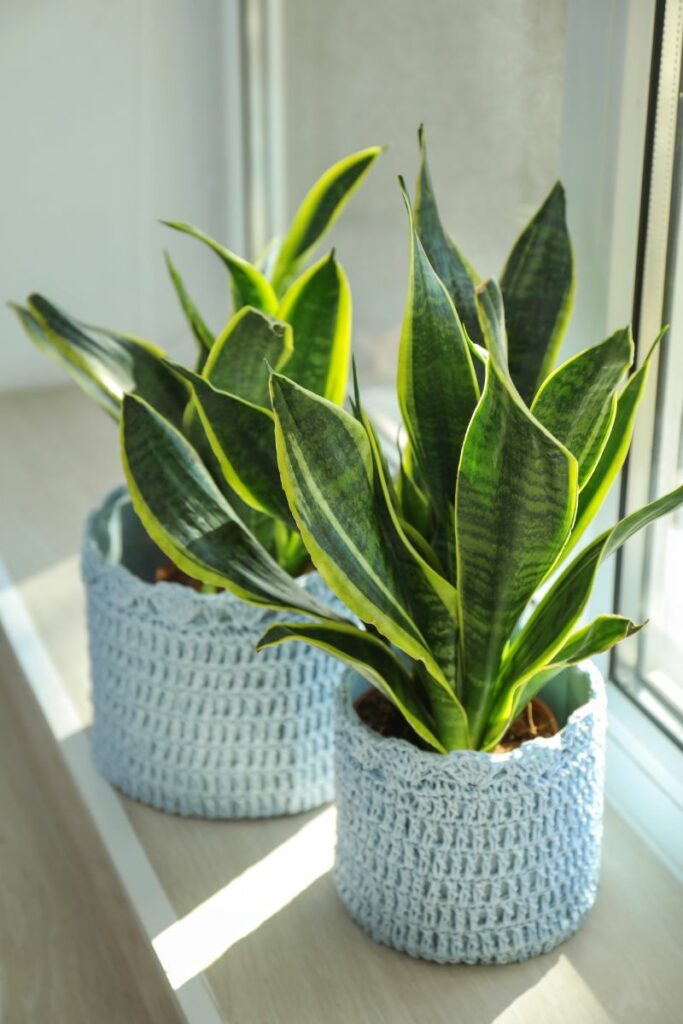
Unsuitable Light Conditions
If your plant starts leaning in one direction with drooping leaves, it’s a tell-tale sign of not getting enough sunlight.
Snake plants grow in the dry, tropical forests of West Africa, so they love bright, indirect sunlight.
Although snake plants can endure shade, if they remain in poor lighting conditions for long, they get weak and lean towards any light source.
Here's what to do:
- Rotate your plant regularly (90 degrees), especially after watering, so all sides get light.
- Avoid direct sunlight, which can burn the leaves.
- If some leaves are too far gone, trim them back to the base since they won’t be going back to their healthy shape by any means.
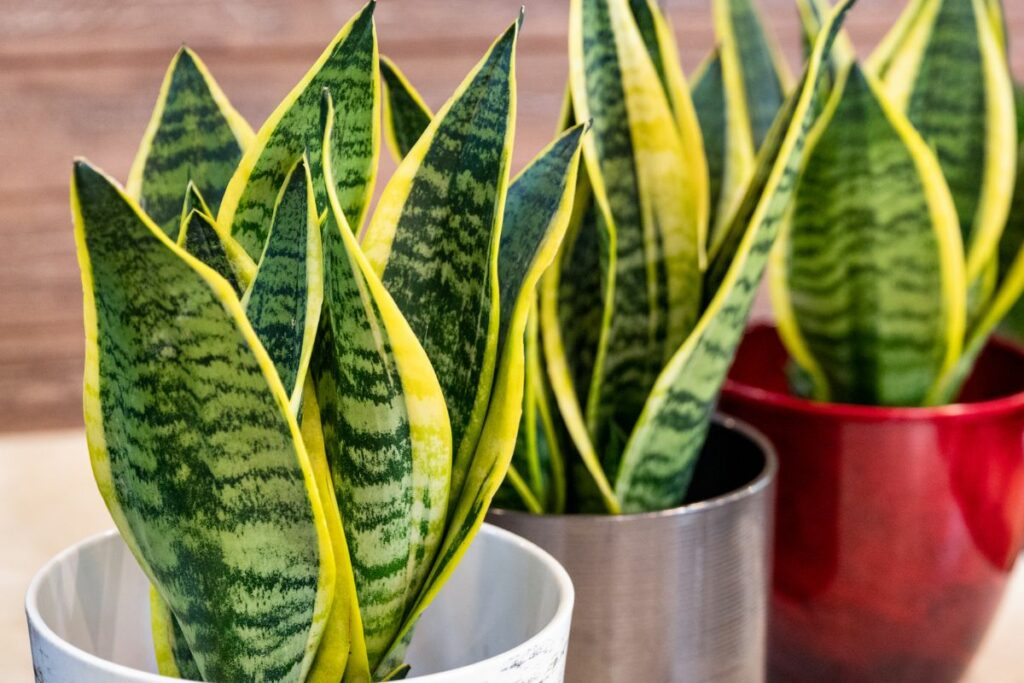
The Temperature Isn’t Right
If you notice a snake plant wilting with mushy spots in the leaves, that’s a sign of a temperature shock.
This means that your plant is experiencing excessive cold or heat. Both have the same effect, which causes the tissues to decay and die.
What to Do About It?
It’s essential that you provide the plant with the temperature that it would best thrive in.
Snake plants prefer a warm, dry climate, ideally between 65°F and 80°F. They're not fans of temperatures below 55°F.
The plant also becomes dormant at lower temperatures, slowing down its growth and reducing its need for water, which makes it susceptible to overwatering.
Here’s how to help:
- Keep your plant in a warm spot, away from drafty windows in winter or too close to heat sources in summer.
- Remember, they need less water when it's cooler.
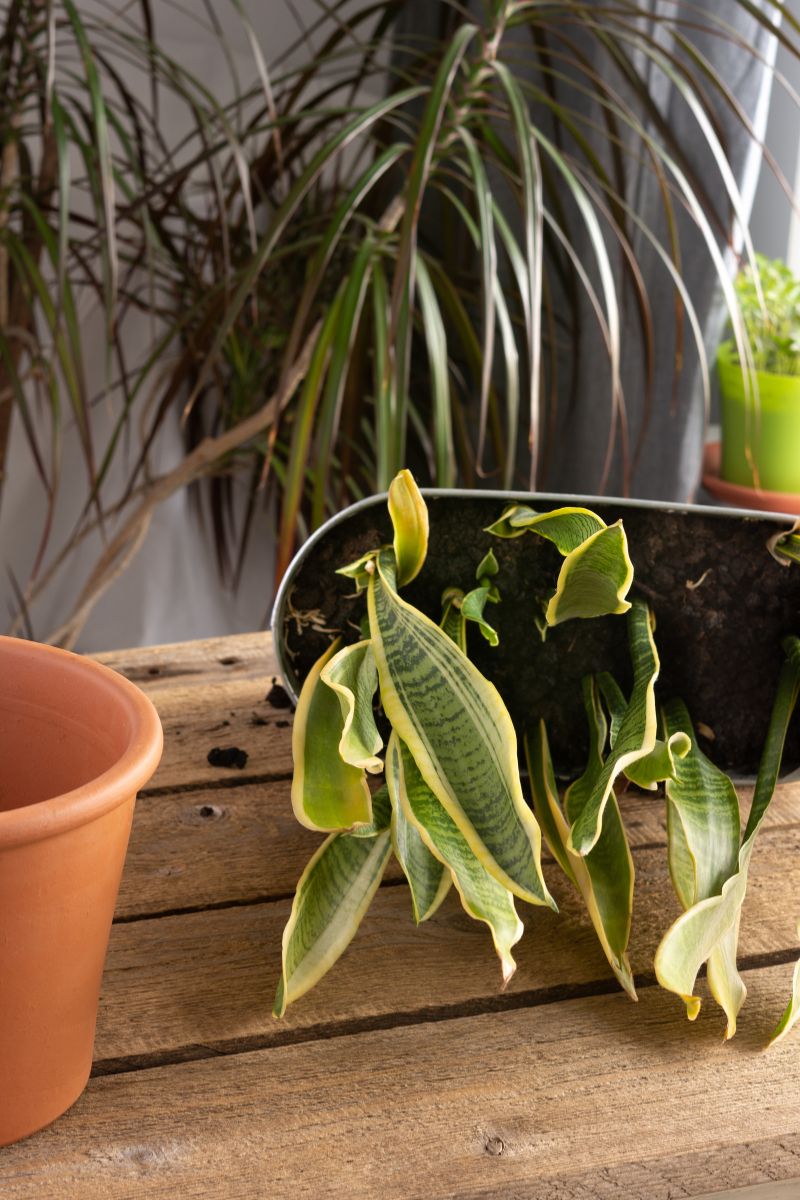
The Roots Are Rotting or Bound
If your plant can’t stand straight, it’s probably because the ground is too soggy.
If the roots are in a moist environment, they won’t be able to breathe well, leaving them susceptible to root rot.
The problem with root rot is that it can spread to the foliage, causing the plant to start tipping over and the leaves to become soft at the base.
You should check for root rot by uprooting your snake plant and cleaning off any soil clinging to it.
Check the roots for any black, gray, or brown coloration. Healthy roots should be bright orange or white—otherwise, it’s a sign of a root problem.
On the other hand, if all the roots are bunched around each other in a single dense mass, it’s a sign that the plant has become root-bound.
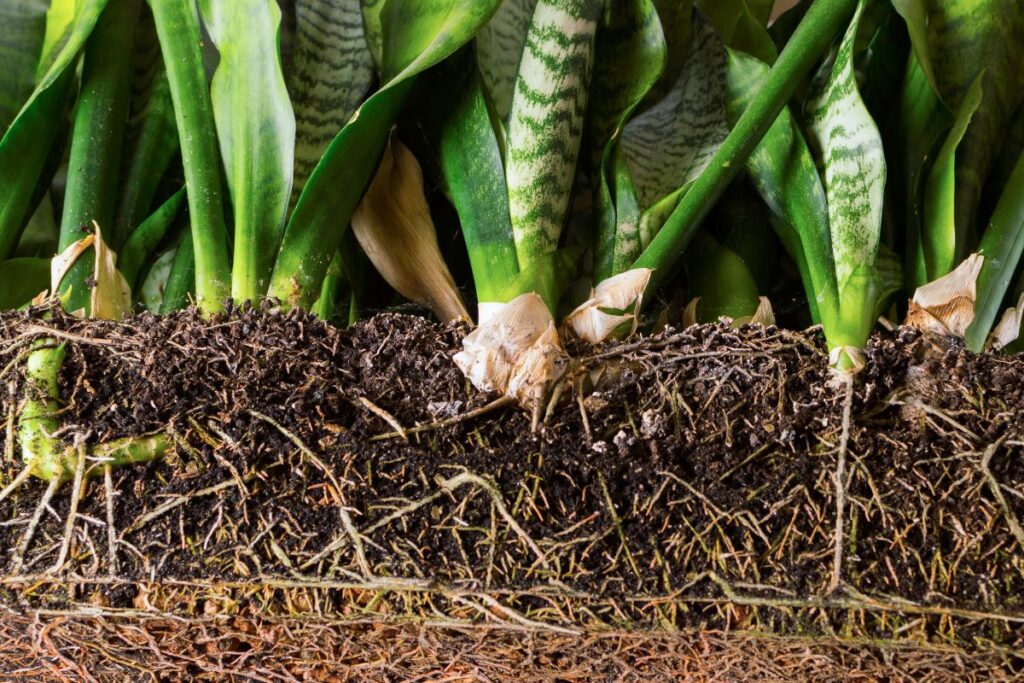
What to Do About It?
If your plant’s roots are rotting, make sure to clip off all the rotting roots with a disinfected pair of pruning scissors.
Make sure to get rid of any roots that look like they’re beginning to rot, and disinfect your scissors between each cut.
Finally, you can disinfect your plant’s root with 1-part hydrogen and 2-part water solution.
If your foliage is rotting due to the roots binding together, you should get rid of the foliage instead of the roots instead.
Get rid of any leaves that have become spongy in order to prevent the decay from moving on to other parts of the plant.
Before you go...
Although snake plants are resilient and hardy, they’re still susceptible to wilting. Understanding the potential causes of snake plant wilting can help you revive the plant and keep it thriving.
Whether it’s overwatering, underwatering, improper lighting, pests, or simply old age, there’s often a solution to bring back the vibrant green color to your plant.
By following the recommended care guidelines and addressing any underlying issues, you can restore your snake plant to its healthy and eye-catching look.
And if you’re looking for more tips and tricks to make your plants prosper, check out my home plants quickstart guide.
Thanks for reading!


Hey there, I'm Morgan, a houseplant enthusiast from sunny Charleston, South Carolina. Growing up surrounded by my mom's lush orchids and African violets, I discovered the magic of bringing nature indoors. Thanks to the pandemic, I delved deeper into houseplants, discovering their power to uplift moods and transform spaces. I'm here to spill all my secrets, helping you pick the perfect houseplant - and make it happy. Let's keep your plants alive, together! 😊


